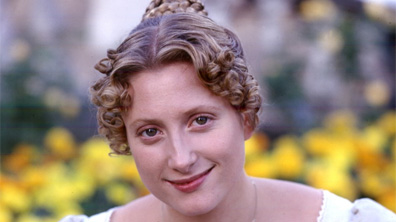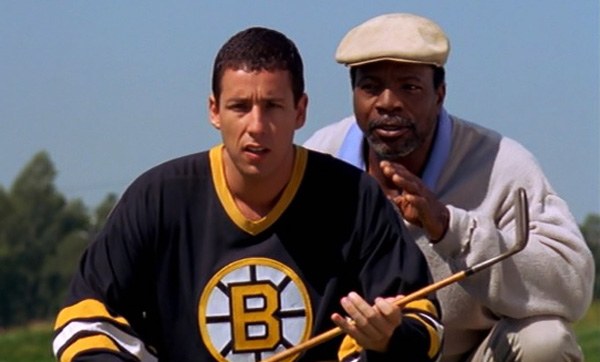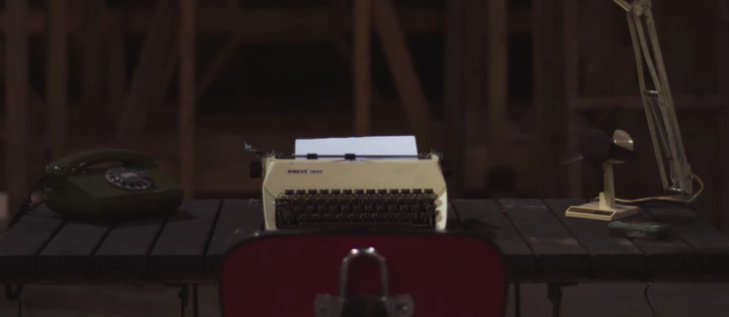What are the deadlines for the 2017 Nicholl Fellowship competition?
- Early deadline: March 7th ($45 entry fee)
- Normal deadline: April 10th ($60 entry fee)
- Late/Final deadline: May 1st ($85 entry fee)
* Be sure to complete the online application and send a PDF version of your screenplay by 11:59 PDT on May 1st. Special student pricing will apply this year. (Hooray!)
What is the Nicholl Fellowship?
Most aspiring screenwriters know about the Nicholl Fellowship competition—a contest allowing underrepresented screenwriters the chance to be read, discovered, and paid. Up to five people can win $35,000 fellowships for their feature-length films.
What you need to know*

So, what’s important? How do you prepare? Reel Authors has put together a wonderful compilation of details, entitled “How to Win a Nicholl Fellowship.” According to this, the typical rules do not apply. And when I say “typical rules,” I mean the unwritten rules.
So, for instance, you may think your office comedy is brilliant while others give it the brush-off, because it’s “overdone.” You may have a found-footage rom-com or a horror about wolves in space. Who cares if no one has done it, everyone has done it, or it sounds crazy? This is an opportunity to write what you actually care about, not what “the industry” supposedly wants.
Yeah, there’s gonna be a lot of competition. Your script is gonna be swimming in a sea of other screenplays—thousands, most likely. Don’t let this deter you. Think about all the dumb stuff you’ve seen—all the bad writing you’ve endured, when you know you can do better. What’s more, people like different styles. Trust me, someone out there wants your space wolves.
*For the really important “what you need to know”s, you’ll want to read the requirements, qualifications, and rules on the Nicholl website.
Mistakes I’ve made in the past

While I don’t want to deter you from writing what you love, I also don’t want to sugarcoat the process. You see, writing a feature script takes a long time. For me personally, it’s really stressful, and I doubt myself a lot.
I wrote my first feature in an 8 week course, and those 8 weeks involved late nights, early mornings, sacrificing time with my friends and family, and a lot of rewriting. I made mistakes, and I learned from them, too.
Here are just a few mistakes I made:
- I thought I had more time
- I forgot screenwriting is fundamentally different from writing prose
- I made my lead character an idyllic version of myself
I thought I had more time

In the past, I’ve tried to whip up a screenplay in a few days, but it really doesn’t work like that. (Unless maybe you’re Stephen King, and you can write a book in the amount of time it takes someone to sneeze.) For us regular folk, though, just getting those words on the page can be a huge challenge.
The truth is, I can be “inspired” and crank out a short story or even a short film script in a night or two (which is not to say it will be good, only that I can finish one). A feature is very different, however, because a short story or a short film tells a brief story—like a vignette.
A full-length movie is not a vignette. A full-length movie is a tale; it’s someone’s journey, and they need to learn something along the way. (I talk more about this here.) Yes, revision takes a long time. Yes, dialogue is really hard to write. Yes, I have spent multiple hours on a single scene. But if you love your idea, it’s worth it.
I forgot screenwriting is fundamentally different from writing prose

How could I forget this? Of course screenwriting is different from writing prose. It’s all about dialogue, right?
Well, yes and no.
For a long time, I thought I could “prose it up” in the description section and have dialogue that reflected my descriptions. Here’s an example of a prose-y description:
INT. JULIE’S ROOM – DAY
We are in Julie’s sun-filled room, which is a beautiful extension of her personality, with little polaroids on the walls and handmade paper-chains lining the ceiling. Everywhere we look, the feeling is warm.
As you can see, the description reads like a story (and not a good one). But the truth is, I wrote like this all the time—that is, until an instructor told me scene descriptions should be poetry. Yep. Poetry. My world was shattered.
His reason was this; in a feature, you only have about 90 pages to work with, which means your descriptions and dialogue need to be concise. Yes, we are in Julie’s room. There is sun. We can put that together because of the “INT. JULIE’S ROOM – DAY” direction. So much of the original description is superfluous, and the same was true for my own work.
Here is an example of a corrected description:
INT. JULIE’S ROOM – Polaroids on walls. Paper-chains hanging from ceiling. Warm light.
Maybe the corrected description doesn’t make you feel fuzzy inside, but that’s okay. It doesn’t have to be good poetry; it just has to read like poetry. Virtually no one in your audience will read your screenplay. Even if someone does, it’s not for pleasure. A script is a map for a film, not a book for fun.
I made my lead character an idyllic version of myself
While embarrassing to admit, I think this is important. I get along with most people and lead a relatively uneventful life. My characters were often the same, but far more sweet and demure, like Jane from Pride and Prejudice. But no one cares about Jane from Pride and Prejudice. She’s perfect. A side character without conflict. No conflict = no one likes your script.
When No Film School interviewed Sam Baron, a Nicholl Fellowship winner, he claimed to have had a similar experience. “When I was first starting to write screenplays,” he said, “I would often just vomit my life onto the page. …I’m quite a passive character which is not what you want in a film.” It’s a rookie mistake, but it doesn’t have to be. Remember to ask yourself, “Is my character driving this story?” If the answer is no, it’s time to reassess.
Conclusion

I am by no means a happenin’ screenwriter, but I feel like most of us have a story to tell, and many of us want to do that through film. Above are just a few details I’ve been considering as I prepare for this year’s contest, but I know everyone is different. What information stands out to you? Any lessons you’ve learned? Tell us in the comments below, and remember, happy writing. 🙂








